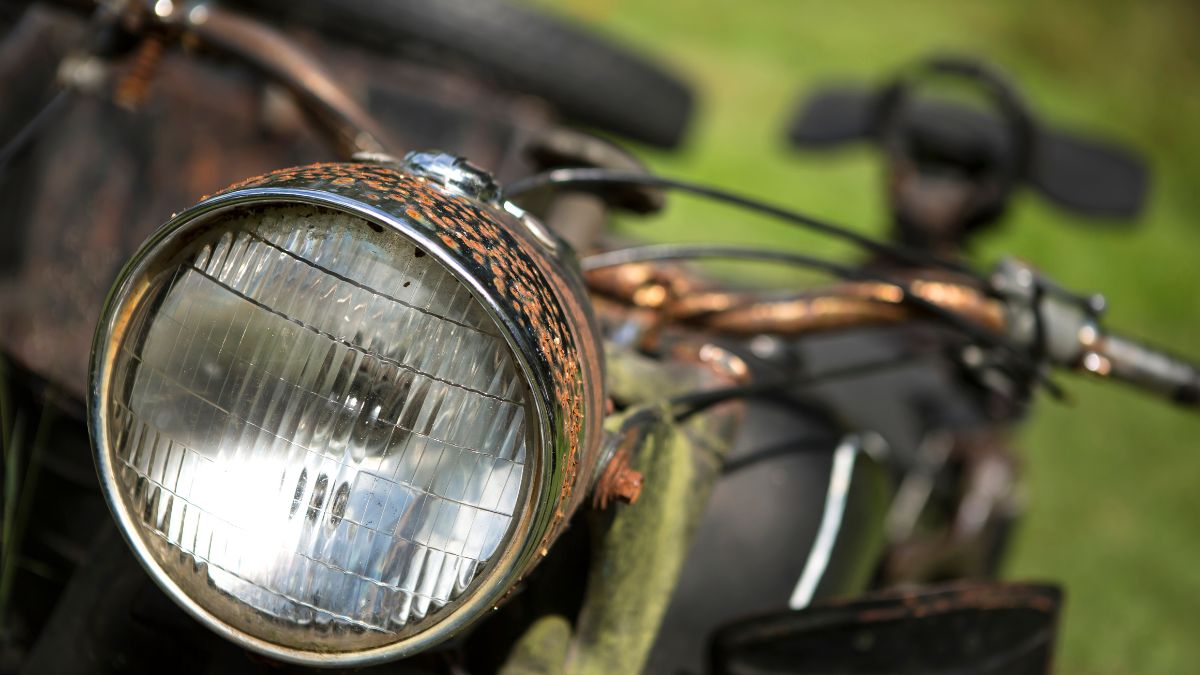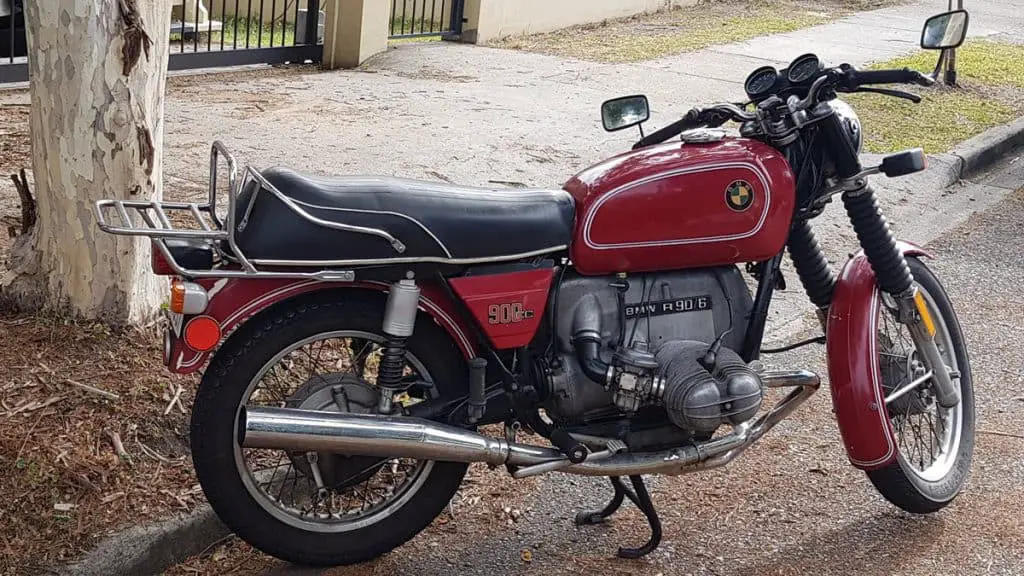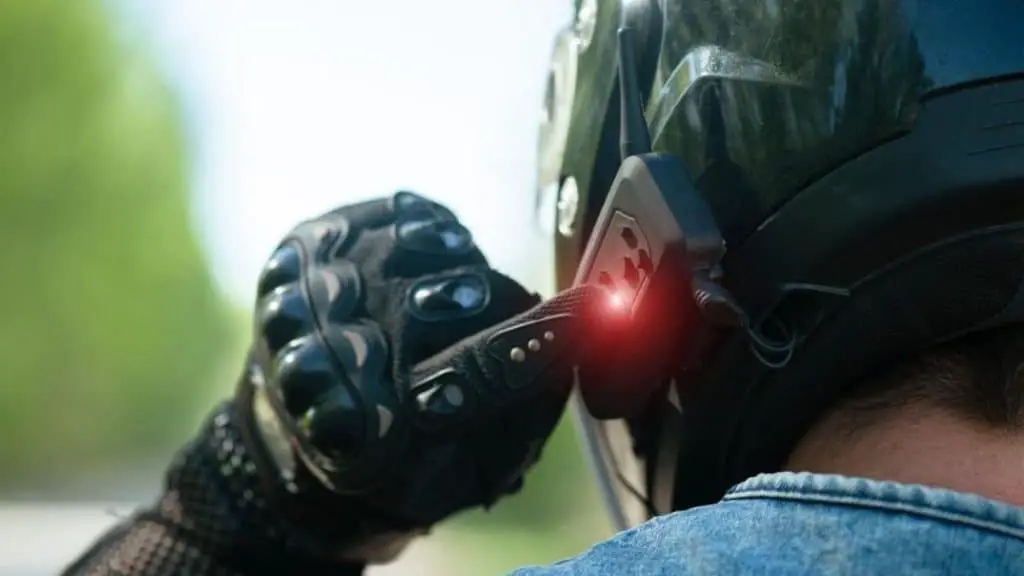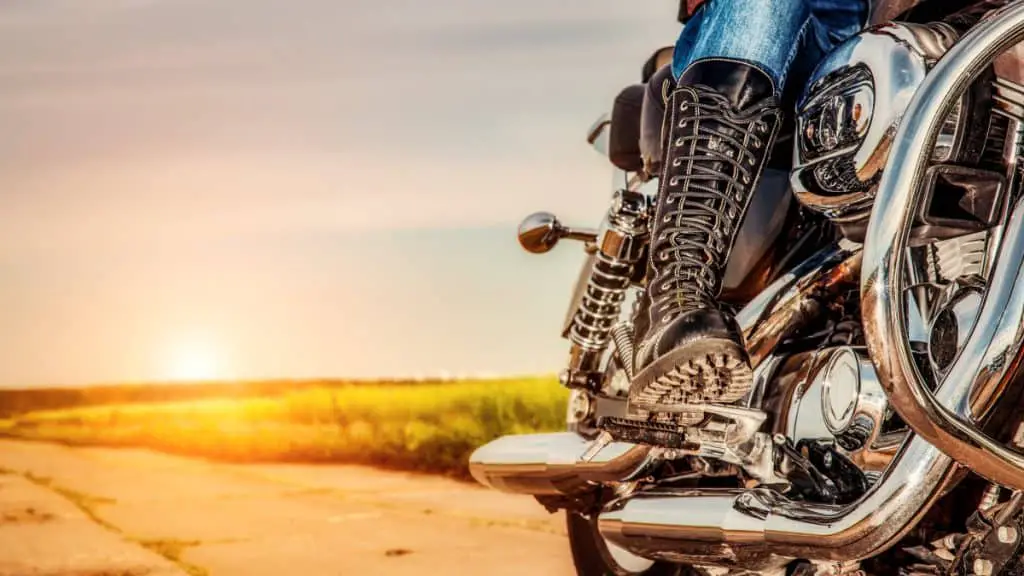From Honda to BMW: 6 Worst Motorcycles Ever Made (+ A Checklist to Spot Them)
“There’s no such thing as a bad motorcycle! Every two-wheeler is great in its way,” said no motorcycle rider ever.
If you asked any MotoGP wannabe, weekend warrior, adventure seeker, or any other type of motorcyclist, they’ll spill out at least 5 worst bikes they’ve ever laid their feet on and why they think these bikes are bummers.
From Harley-Davidson V-Rod, Kawasaki 500 H1, Yamaha V-Max, Kawasaki Vulcan 500 LTD, to BMW R1200C, you’ll hear it all.
From poor design to exploding mid-ride parts or handling like I handle knitting needles, you’ll understand reasons why you should walk away from these bikes.
But what exactly makes a bad motorcycle?
Moreover, what are some of the worst motorcycles of the past 100 years and did they teach the manufacturers a lesson? Who takes the crown as the worst motorcycle of all time?
Roll with me to find out!
What Makes a Motorcycle Bad: 6-Factor Checklist
To create a bad motorcycle and make riders run away from it like it’s plague, you need a couple of engineering checkmarks completed.
Here’s the tested & proven recipe:
If your bike checks even one of these fields, you have a real widow-maker on your hands!
But what do these checkmarks look like in the real motorcycle world?
Several examples! Honda Rebel 500, which has long been the poster bike for beginner riders, has a severely underpowered engine and poor suspension. The Kawasaki 500 H1 had the spark in it, but with poor handling and an almost non-existent braking system, it was a death trap.
There’s more… Yamaha YZF-R1 was something fresh in the MotoGP Wannabe world, but with ergonomics so badly designed you didn’t know if you were sitting or laying down on it.
And don’t get me started on the Triumph Bonneville T100! An inadequate design combination of fuel delivery and exhaust system that’s mediocre at best.
From Vintage to Modern: 6 Worst Motorcycles in History
From the ’50s to the modern days of motorcycles, these are the absolute worst of the worst.
If you ever see one of these bikes, run. Run fast and far away. They’ll break you, physically and mentally, and have you spend more time fixing than rolling them on the streets.
1. Horex Regina
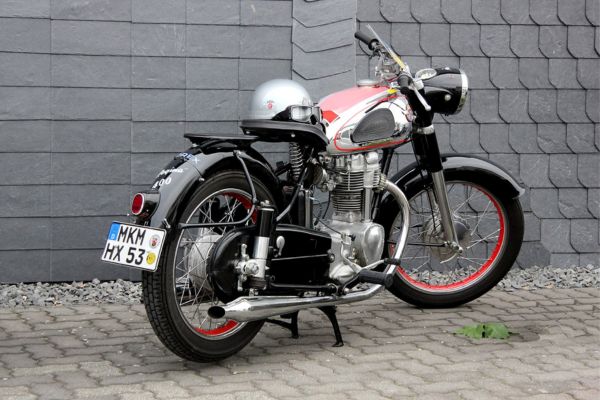
Let’s travel to the land of supreme craftsman quality and the birth land of das Motorrad – Germany.
Before the Germans took over the automobile industry, they tried something fresh in the ’50s with their two-wheelers. It sparked the beginning of liquid-cooled, four-stroke, six-cylinder engines capable of hitting the 7500 rpm mark.
But even that eye-catching 996cc engine wasn’t enough to save this bike from receiving the L and falling into our list of all-time worst motorcycles.
The downfall of Horex Regina was thanks to:
- Sluggish performance for a big engine displacement
- High-end price with a limited run
- The top speed of 70 miles per hour made it boring for thrill-seekers
- Outdated and poorly designed cradle-frame
2. BMW F650 Funduro
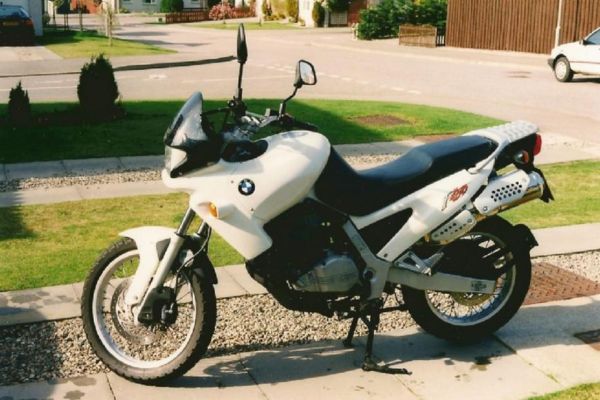
If the notorious BSA B50MX had a child, it would be the Funduro.
Back in ‘93, BMW wanted to enter the light ADV motorcycle game. It already had its dirt-eating, heavy monsters popularized, but only top dollars could afford them.
The goal of Funduro (fun + enduro) was to be a fun and versatile adventure motorcycle. An agile, lightweight alternative that crashed and burned. BIG time!
With a power output of 50 HP at 6500 rpm and a 652 cc liquid-cooled single-cylinder engine, this fun-enduro experience had a dark side: engine stalling mid-ride.
But that wasn’t the only thing that gave Funduro the bad rep!
It also came from:
- Soft rear mono-shock of 165mm travel made the suspension spongy which resulted in poor handling.
- The notorious fuel injection system made reliability a myth.
- A high center of gravity and 396 pounds of weight made handling at low speed on a dirt track a death trap.
3. Yamaha SCR950 2017
The ADV/dirt bike curse continues!
Yamaha did something perverse, even forbidden in the motorcycle world. It took the legendary, well-respected Yamaha Bolt and turned it into a scrambler.
Maybe even Yamaha is still clueless about why they did it. But one thing’s for sure: it’s the world’s WORST scrambler.
Sure, it got the BikeExif review that its 4-stroke, SOHC, 942 cc V-twin engine deserves, but its cruiser origins haunt riders to this day.
By cruiser origins, I mean traits like:
- Its stiff and unforgiving suspension made the scrambling experience unworthy of scrambling about.
- Its 547 pounds were the last nail in the 51 HP at 5,500 rpm coffin.
- The agility and maneuverability a scrambler needs to survive in the wilderness are non-existent within this bike.
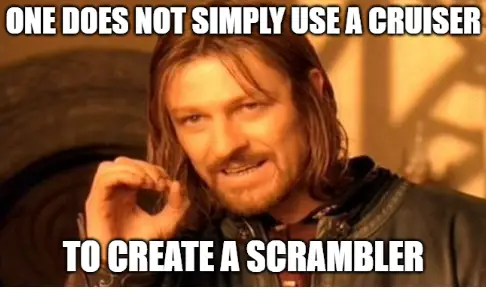
Compare that with the Triumph Scrambler 1200, and you’ll get the idea of what a real scrambler should look like, without any gimmicks or cruiser-dirt abominations.
4. Aprilia Red Rose/Classic 125
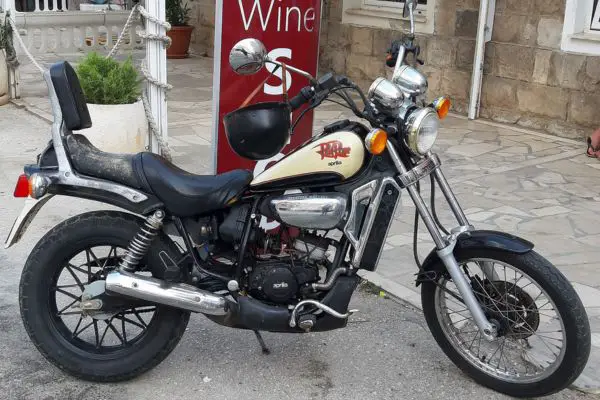
Here’s a joke.
Why did the Italian motorcycle manufacturer start making cruisers? Because they wanted to give their riders an easy pizza life!
Aprilia almost copied Yamaha and ventured into the cruiser market with their sportsbike experience.
The result? A liquid-cooled, two-stroke, 125 cc engine with a 6-speed gearbox. The American styling of the traditional cruiser heritage was the goal Aprilia had with this bike. They attempted to take the piece of the money pie that HD Sportster and other cruiser legends were munching on.
But it was futile.
Guess Italians never learned the meaning of CC on a motorcycle when it comes to a small engine displacement.
Aprilia’s doesn’t come from the cruiser space, so liquid cooling and two-stroke engines don’t make much sense. Even though Aprilia’s second name was two-stroke race engines! Add soft front forks that love bottoming out, poor frame quality, and mechanical reliability issues, and you’ll spend more time fixing that two-wheeler than riding it!
The only great thing about the Aprilia Classic is its mind-blowing fuel efficiency. Other than that, it’s just a poor attempt to cash in on the cruiser cow.
5. Honda CB750A Hondamatic
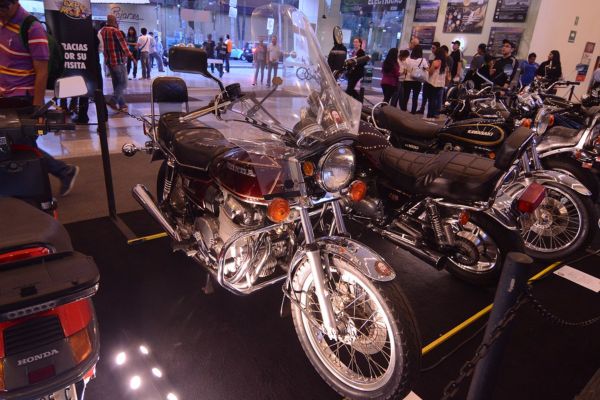
Here’s a fun fact. (If you want more of those, hop on to this article.)
During the ’70s, there was an automatic transmission craze with cars and Honda wanted a piece of it. They figured, why not create an innovative and groundbreaking automatic motorcycle that everyone would wanna ride?
Except that nobody did.
The CB750A Hondamatic was Honda’s bold move that paved the way for automatic transmission technology in motorcycles. But it was just that – a bold move.
It features a killer 736 cc air-cooled, transverse inline-four engine with 42 HP at 5.500 rpm. The transmission is a two-speed automatic with a torque converter. It allowed the rider to shift gears automatically and effortlessly (more or less), providing a smooth riding experience Honda believed in.
Despite being groundbreaking at the time, the CB750A went bust. Its demise lay precisely in its revolutionary features:
- The two-speed automatic transmission was sluggish and oftentimes unresponsive.
- Even with its transverse inline-four engine, climbing hills and accelerating was a challenge due to its 537 pounds.
- Due to the nature of the torque converter, experiencing hydraulic leaks was a common thing.
- Despite being innovative, it failed to catch the rider’s eye because of the non-stylish design the CB line featured.
Honda essentially missed the target.
It wasn’t the innovation and yet another new sexy feature the riders were looking for. They wanted bigger, meaner engines, not some sci-fi mechanical marvels.
6. Suzuki Katana
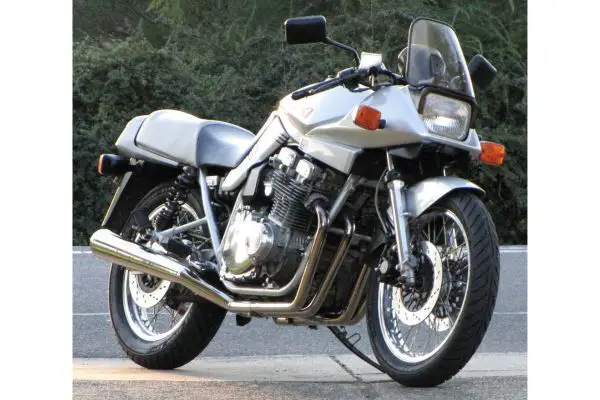
Going back to the ’80s, Hans Muth (an ex-BMW motorcycle designer) wanted to create something futuristic and bold. Something that’ll stand out from the crowd.
So in ’81, the Katana was born, turning heads all day long and quickly becoming the icon of the ’80s.
It promised a world, but its underpowered DOHC 1074cc engine failed to deliver. Even though 111 HP at 8500 rpm was enough to cut it, the Katana just wasn’t sharp enough. Even though it did found a place on the 10 seriously ugly motorcycle design catastrophes list, the looks were the least of Katana’s problems. Its downfall happened due to its mechanical systems.
Here are just a few of the features that make this bike a total letdown:
- The starter clutch, cam chain tensioner, and clutch master cylinder were Katana’s weak spot.
- The long wheelbase and suspension offered little to no feedback, making this sword on two wheels unstable and difficult to control.
- Like with any sword, weight distribution is essential, but it wasn’t the case with this Katana. A front-heavy design made the bike hard to wield.
- The seat ergonomics weren’t really long-ride friendly, making the bike more suitable for show and sell.
The Legacy of the Worst Motorcycles: What Can We Learn From Their Mistakes?
There’s a moral to our story about terrible bikes: Bad motorcycles tell better tales than quality ones.
Without Horex Regina’s uncomfortable ride to Honda CB750A Hondamatic’s transmission woes, and from Aprilia Classic 125’s lackluster performance, and Suzuki Katana’s design duds, we wouldn’t appreciate truly great motorcycles out there.
Sure, leaping into futuristic design and innovation is desirable in the motorcycle world. But if the engine and mechanical infrastructure do not follow the pace, the bike is bound to receive the Worst of All Time award.

